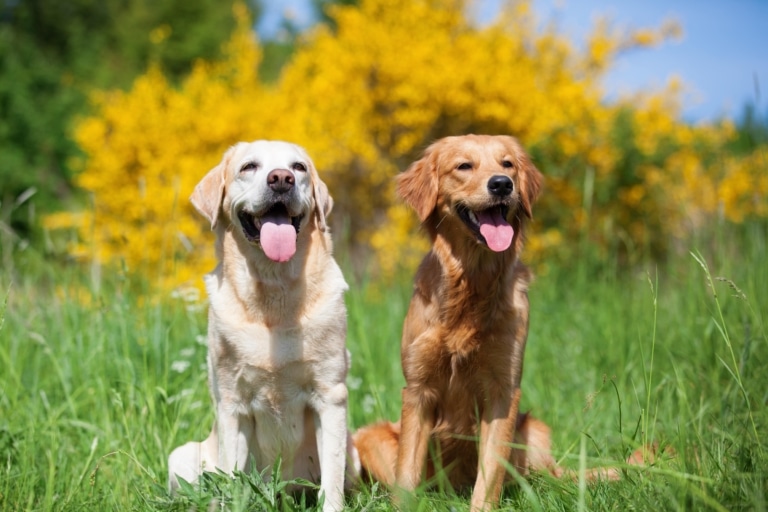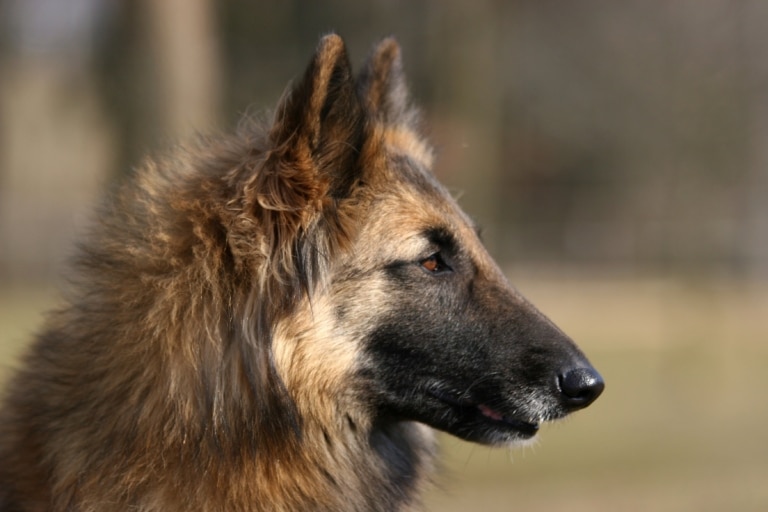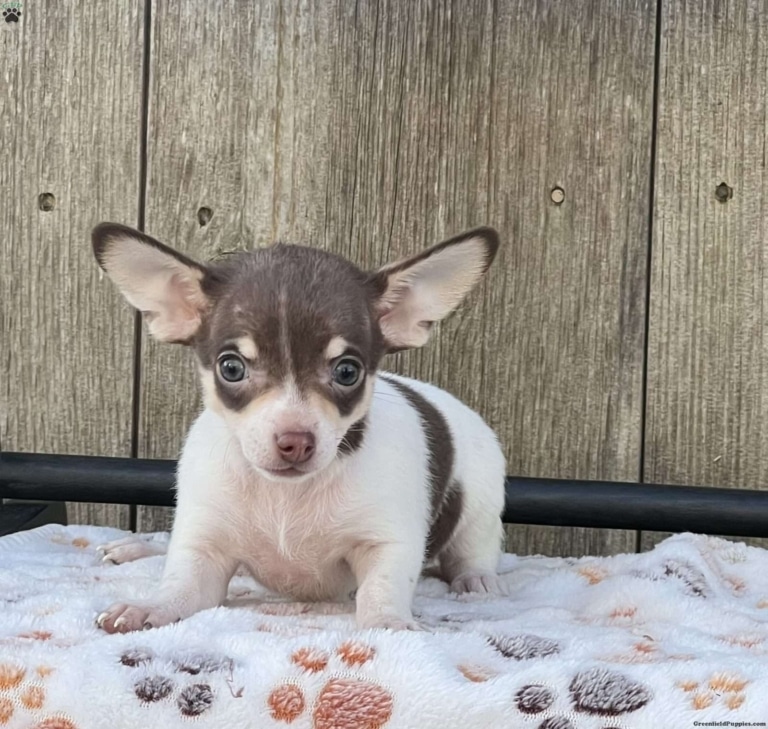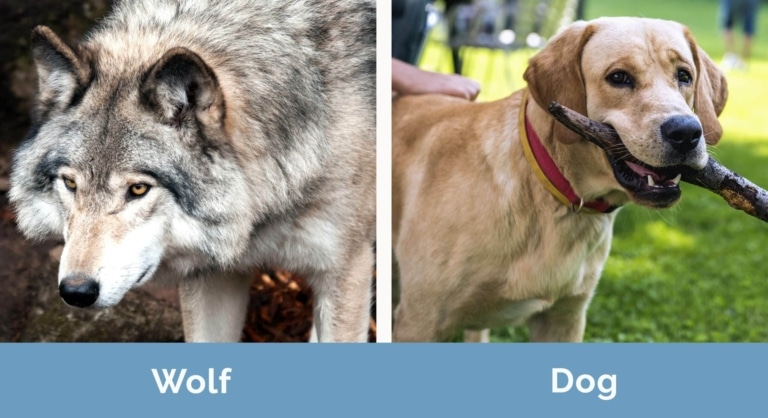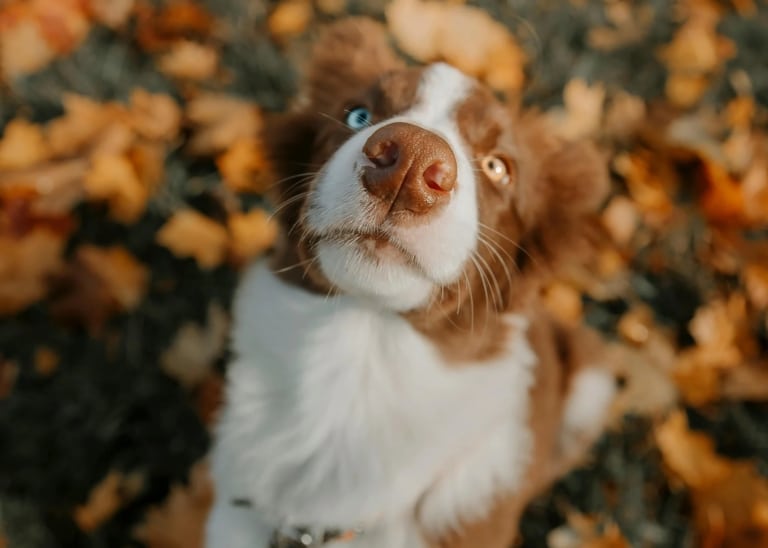For many pet owners, kissing a dog is a way to express love and affection. We are used to kissing those we love, so it’s natural to want to show the same emotions to our loyal friend. But do dogs actually understand what this gesture means? And do they feel comfortable when people lean in and kiss them?
Why do people kiss dogs?
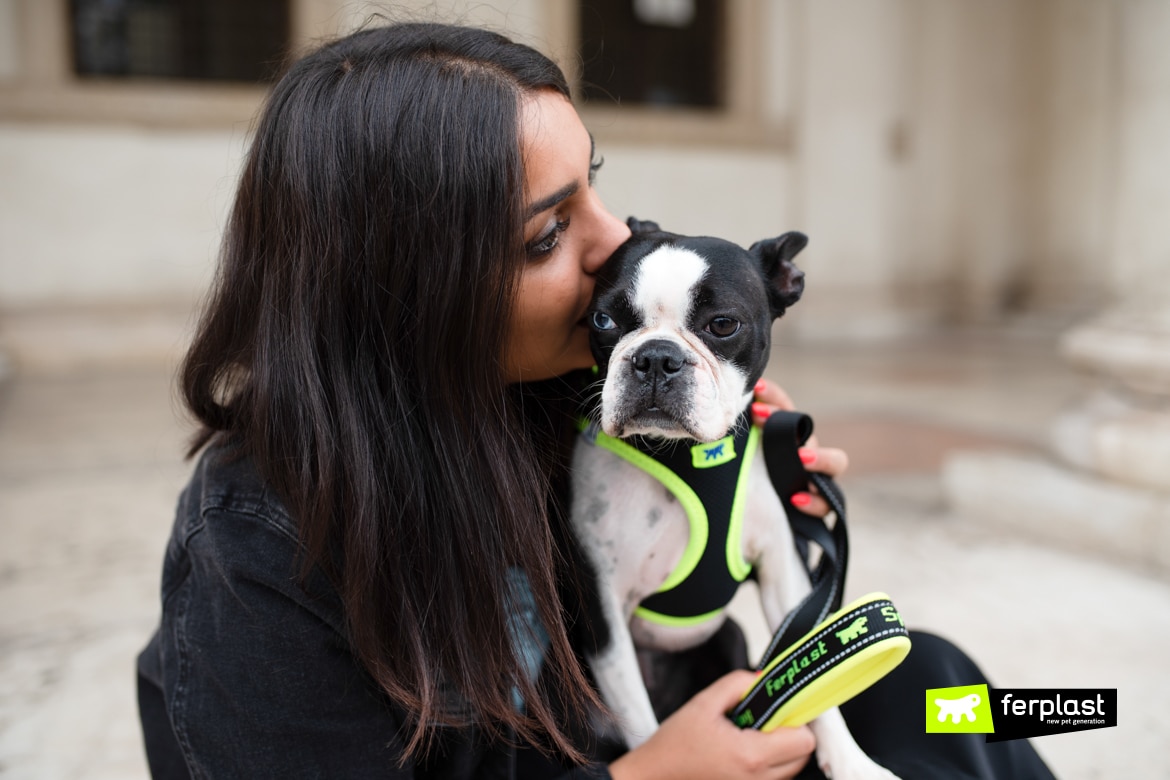
Human kisses have evolved as a symbol of affection and love. It is a form of communication that brings pleasant emotions, increases oxytocin levels — the “happiness hormone,” and strengthens bonds between people. According to research from the University of Arizona, interactions with pets also boost oxytocin levels in both humans and dogs. This explains why pet owners so often seek to express their feelings through kisses.
Do dogs perceive kisses the same way humans do?
Unlike humans, dogs do not have an innate understanding that a kiss symbolizes love or affection. In nature, dogs do not use this gesture to express tenderness. In fact, a human face moving close to a dog’s muzzle can be confusing or even threatening for them.
However, over time, dogs can learn to associate kisses with positive interactions with their owners. A study conducted at the University of Lincoln (UK) found that dogs can interpret human emotions based on facial expressions. So if you smile and gently kiss your dog, they may associate this gesture with positive moments, even if they do not initially understand its meaning.
Do dogs understand when they are kissed?
How do dogs perceive human expressions of affection?
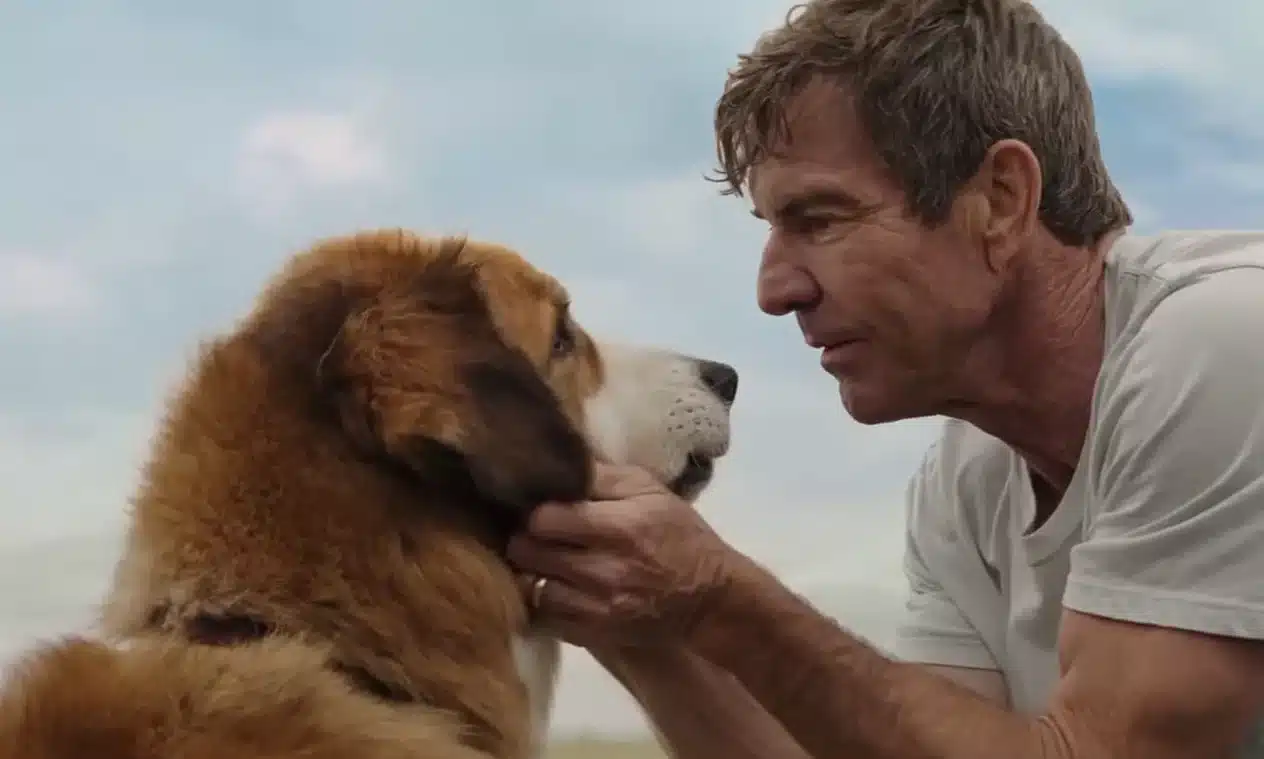
Dogs can learn to associate kisses with positive emotions, but they perceive them differently than humans. In nature, they express affection through physical contact, play, closeness, licking, or gentle nibbling. If a dog grows up in a loving environment where it is frequently kissed, it may associate this gesture with pleasant moments—attention, affection, or even receiving a treat.
Dog body language in response to kisses
Not all dogs feel comfortable when kissed. Some may tolerate it, while others may become nervous or try to avoid contact. It’s essential to observe their body language:
- If the dog enjoys it: they may lick your face, gently press against you, wag their tail, or close their eyes as if savoring the moment.
- If the dog is uncomfortable: they may turn their head away, tense their body, flatten their ears, lick their lips (a sign of stress), or even try to move away.
If a dog shows signs of tension, it’s best to stop trying to kiss them and find another way to express affection, such as petting or playing together.
How do dogs “kiss” each other?
Licking as a form of communication
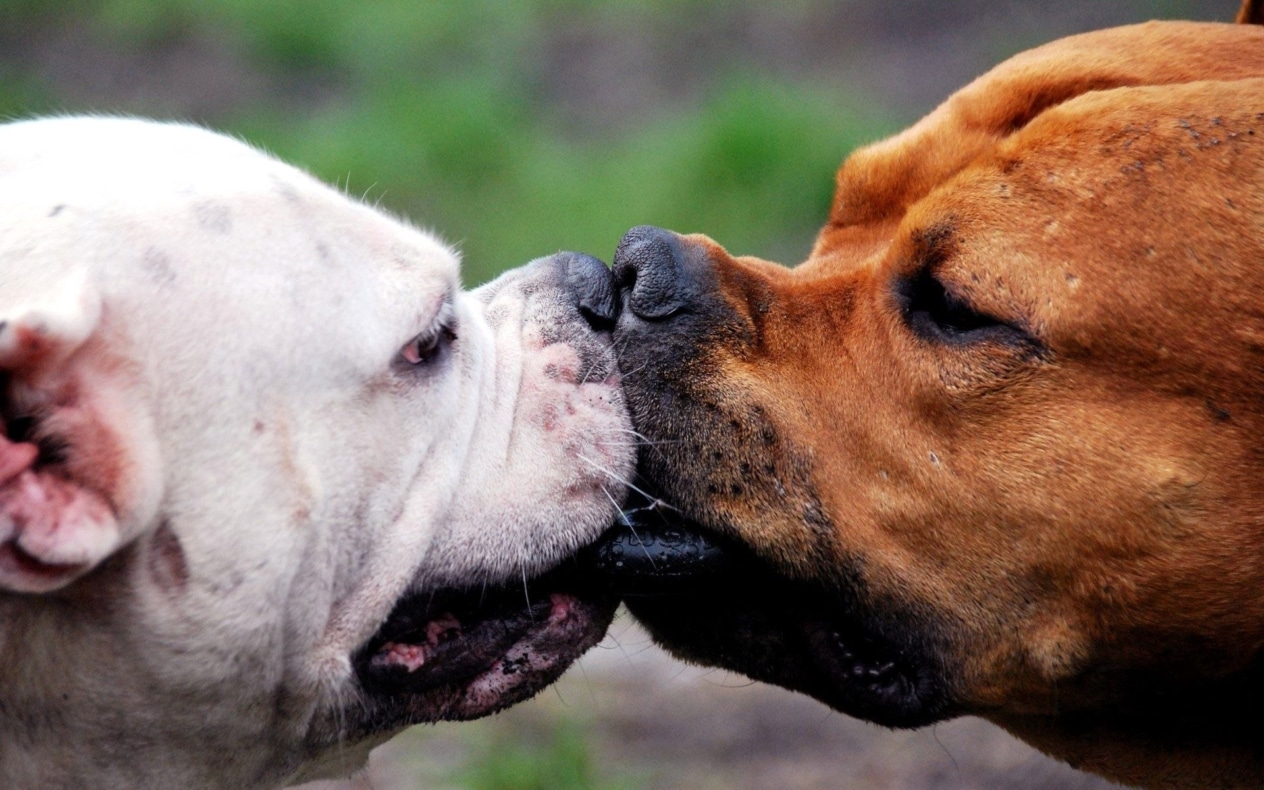
In the world of dogs, licking is one of the most important forms of communication. It is used for greeting, submission, and expressing affection.
From the very first days of life, puppies lick their mother’s muzzle to stimulate her to feed them. Adult dogs may lick each other as a sign of friendliness or even as a way to apologize after a conflict.
Mutual licking in a pack and its significance
Within a pack, dogs may lick one another to strengthen social bonds. This helps them maintain harmony and demonstrate trust. A study published in the Journal of Veterinary Behavior found that dogs who engage in mutual grooming have lower stress levels and display more social behavior.
Interestingly, dogs that love their owners may exhibit the same behavior by licking their face, hands, or even feet. This is not just a way to show affection but also an attempt to interact in the same way they would in their natural environment.
Why does a dog lick its owner?

Dogs don’t lick people randomly — this gesture is driven by instincts, communication, and even physiological reasons. It is one of the ways dogs express emotions from an early age.
✅ A sign of love and trust
When a dog “kisses” (licks) its owner, it can be compared to affectionate hugs or words of love in humans. For dogs, it’s their way of saying: “I love you, you are my best friend!” This behavior is reinforced by positive experiences—if licking results in attention, affection, or even a treat, the dog will repeat it over and over again.
✅ An instinctive behavior from puppyhood
Puppies lick their mother and littermates from the very first days of life. This helps them attract maternal attention and establish bonds within the pack. Additionally, wolf pups and wild dogs lick the muzzles of adults to ask for food—an instinctive gesture that has remained in domestic dogs.
✅ Getting the owner’s attention
Dogs understand that licking is an effective way to get attention. If your four-legged friend feels that you are too busy and ignoring them, they may start licking you as if to say: “Hey, look at me!” Some dogs even use it as a reminder for walk time or feeding.
Why do dogs lick hands and feet?
Dogs don’t randomly choose what to lick—they rely on scents, tactile sensations, and their instincts.
✅ Scent and taste sensations
Human skin has microscopic particles of sweat, salt, and even food residue that dogs may find interesting. Hands and feet are particularly rich in scents, so dogs may explore them by licking. Think of it as their way of “reading” information—your dog is essentially “reading” about your day by sniffing and tasting you.
✅ Submission and affection
In a pack, lower-ranking dogs lick the muzzles of the leaders as a sign of submission. If your dog licks your hands or feet, it might be their way of saying: “I trust you, you are my leader.”
✅ Exploring the world through licking
Dogs experience the world not only through sight and smell but also through taste. Their tongue is another tool to learn more about their surroundings. They may lick their owner to check how they smell after a meal or notice if their scent has changed after a workout.
Is it dangerous when a dog licks your face?
Although we often find dog “kisses” adorable, there are certain factors to consider to avoid unpleasant consequences.
Bacteria in a dog’s mouth: is it really that dangerous?
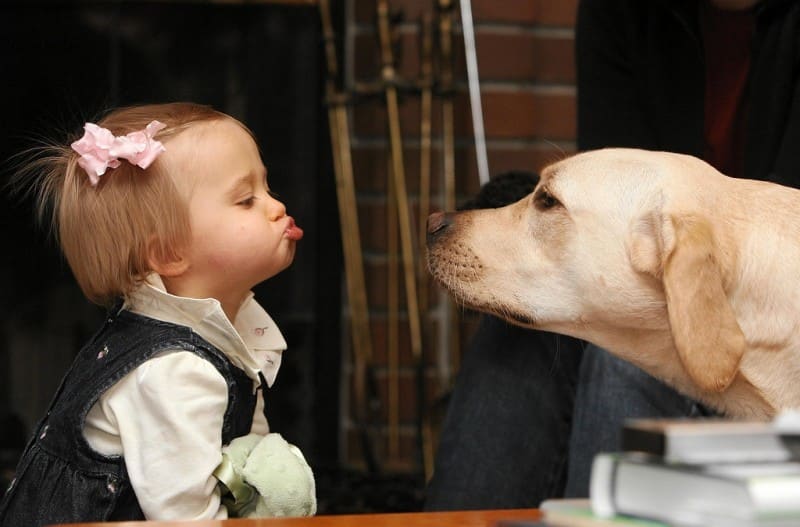
One of the most common myths is that a dog’s mouth is cleaner than a human’s. In reality, this is not entirely true. A dog’s mouth does contain bacteria, but they are different from those found in humans. For example, dog saliva may contain Capnocytophaga bacteria, which are harmless to dogs but can be dangerous for people with weakened immune systems.
In most cases, if a person has a strong immune system, kissing a dog won’t cause serious issues. However, if there are cuts, wounds, or cracks on the skin, bacteria can enter the body and cause infections. Children and people with chronic illnesses should be especially cautious.
How to Reduce Risks and Maintain Hygiene
To avoid potential problems, follow these simple rules:
✔ Don’t allow your dog to lick your face, especially your lips and eyes.
✔ Regularly brush your dog’s teeth or provide special dental treats.
✔ Wash your hands after contact with your dog, especially before eating.
✔ Ensure your pet receives regular veterinary care and preventive vaccinations.
Conclusion
Can you kiss a dog?
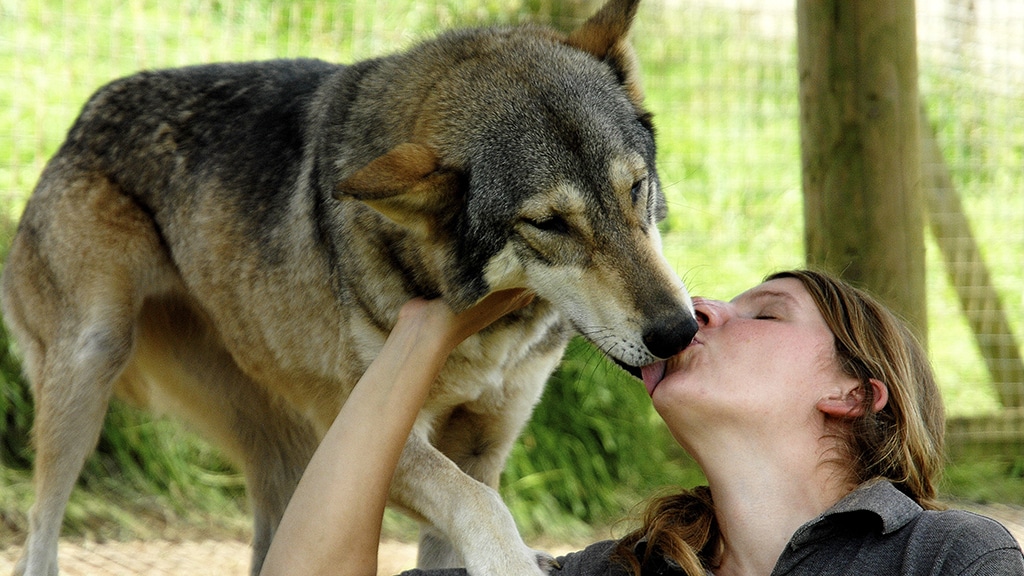
Yes, but with respect for their personal boundaries and comfort. Some dogs enjoy this kind of attention, while others do not, so it’s important to observe your pet’s reaction.
How to interact properly to ensure safety and comfort?
🔹 Don’t force kisses on your dog if they turn away or tense up.
🔹 Show your love in ways they enjoy — through petting, play, or gentle scratching.
🔹 Maintain hygiene to prevent potential health risks.
The most important thing is mutual understanding. If your dog enjoys licking you and finds joy in it, this is their way of saying: “I love you!” So, find the perfect balance in your interactions to ensure both you and your pet feel comfortable and safe.



